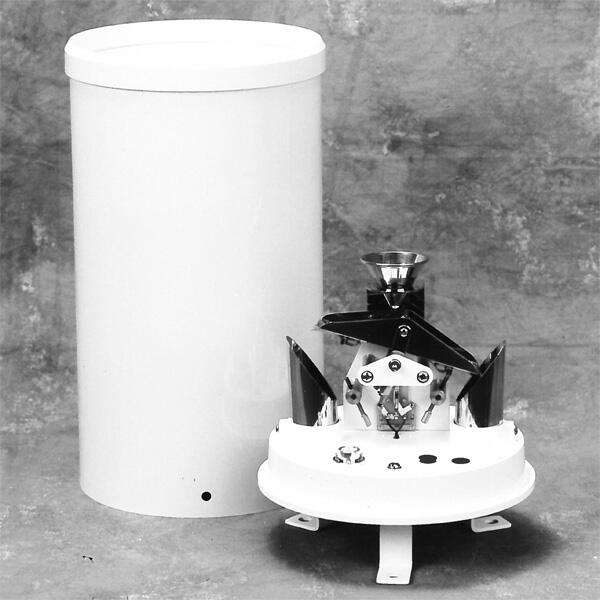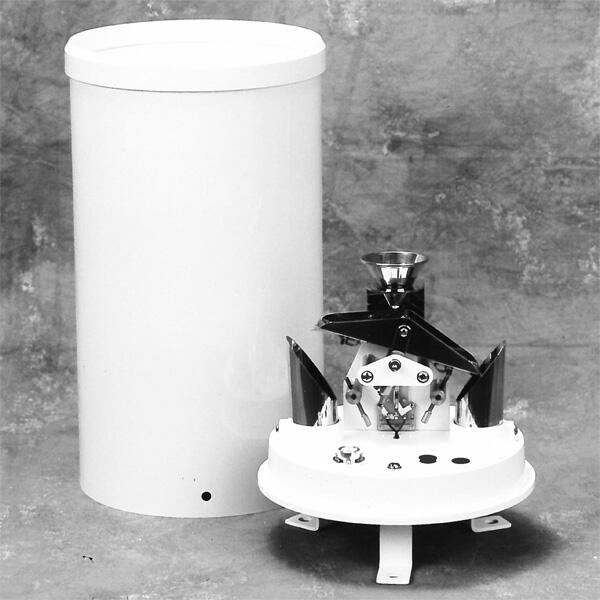
# Rain Gauge Uses in Weather Monitoring and Data Collection
Rain gauges are essential tools in meteorology, hydrology, and environmental science. These devices measure the amount of precipitation over a specific period, providing critical data for weather monitoring and water resource management. In this article, we explore the various uses of rain gauges and their importance in data collection.
## Understanding Rain Gauges
A rain gauge is a simple yet highly effective instrument designed to collect and measure rainfall. It typically consists of a funnel that directs rainwater into a measuring cylinder. The collected water is then measured in millimeters or inches, depending on the region’s standard unit of measurement.
### Types of Rain Gauges
There are several types of rain gauges, each suited for different applications:
– Standard Rain Gauge: The most common type, used for manual measurement.
– Tipping Bucket Rain Gauge: Automatically records rainfall by tipping when a certain amount of water is collected.
– Weighing Rain Gauge: Measures rainfall by weighing the collected water.
– Optical Rain Gauge: Uses light beams to detect and measure raindrops.
## Applications of Rain Gauges
Rain gauges play a vital role in various fields, including:
### Weather Forecasting
Accurate rainfall data is crucial for weather forecasting. Meteorologists use rain gauges to predict weather patterns, track storms, and issue warnings for severe weather events such as floods and hurricanes.
### Agriculture
Farmers rely on rainfall data to make informed decisions about irrigation, planting, and harvesting. Rain gauges help optimize water usage, ensuring crops receive the right amount of water for healthy growth.
### Hydrology and Water Resource Management
Hydrologists use rain gauges to monitor water levels in rivers, lakes, and reservoirs. This data is essential for managing water resources, preventing floods, and ensuring a sustainable water supply.
### Climate Research
Rain gauges provide long-term precipitation data, which is invaluable for climate research. Scientists analyze this data to study climate change, identify trends, and develop models to predict future climate conditions.
## Importance of Accurate Data Collection
Accurate rainfall measurement is critical for the reliability of weather forecasts and water resource management. Errors in data collection can lead to incorrect predictions, inefficient water use, and inadequate preparation for extreme weather events. Therefore, regular calibration and maintenance of rain gauges are essential to ensure precise measurements.
## Conclusion
Rain gauges are indispensable tools in weather monitoring and data collection. Their applications span across meteorology, agriculture, hydrology, and climate research, making them vital for understanding and managing our environment. By providing accurate and reliable rainfall data, rain gauges help us make informed decisions, protect our resources, and prepare for the challenges of a changing climate.
Keyword: rain gauge uses
